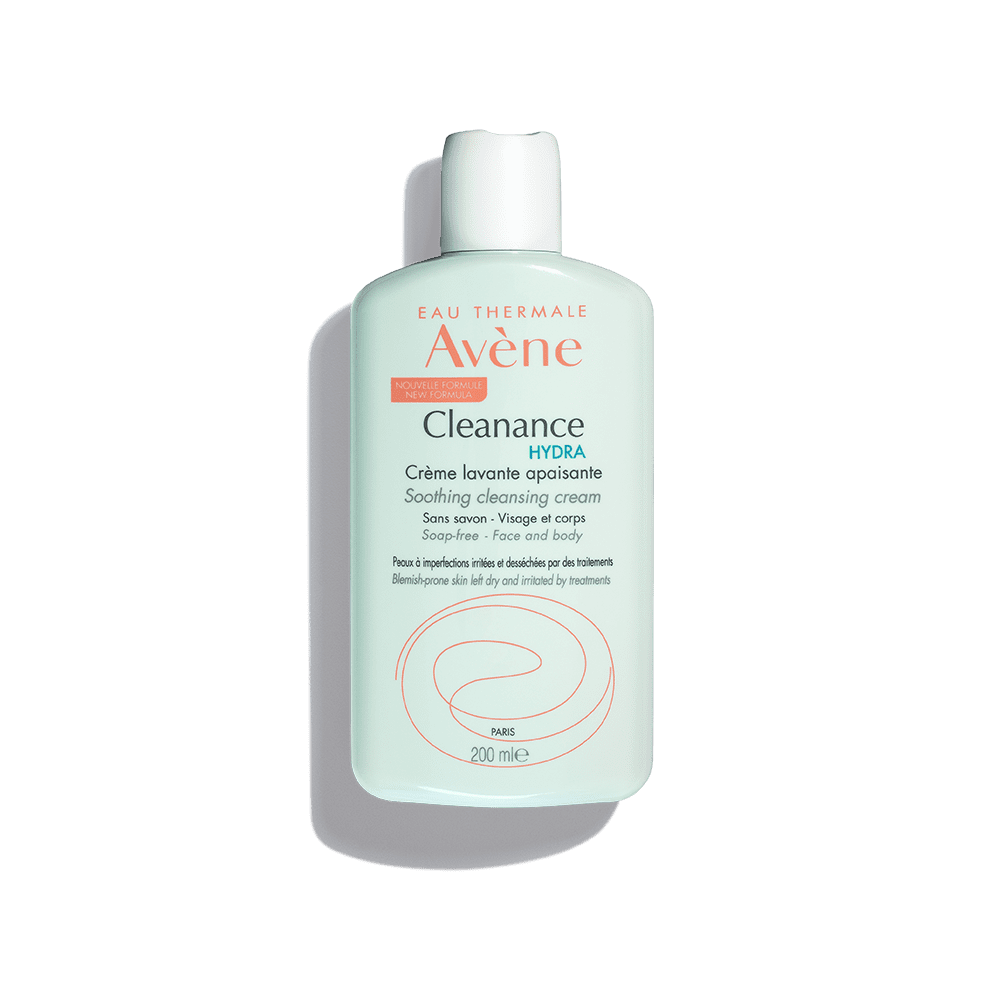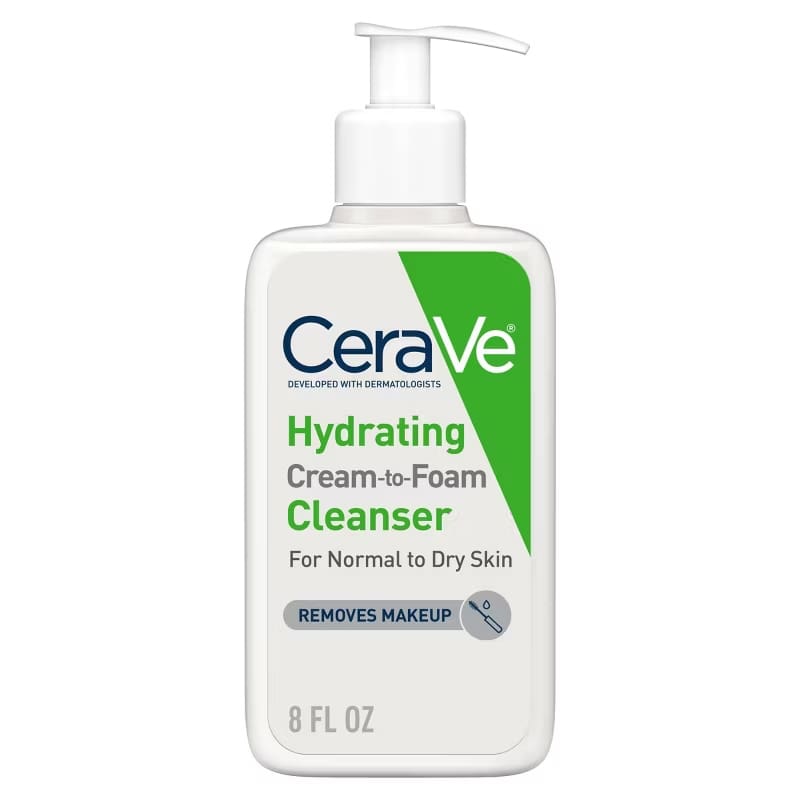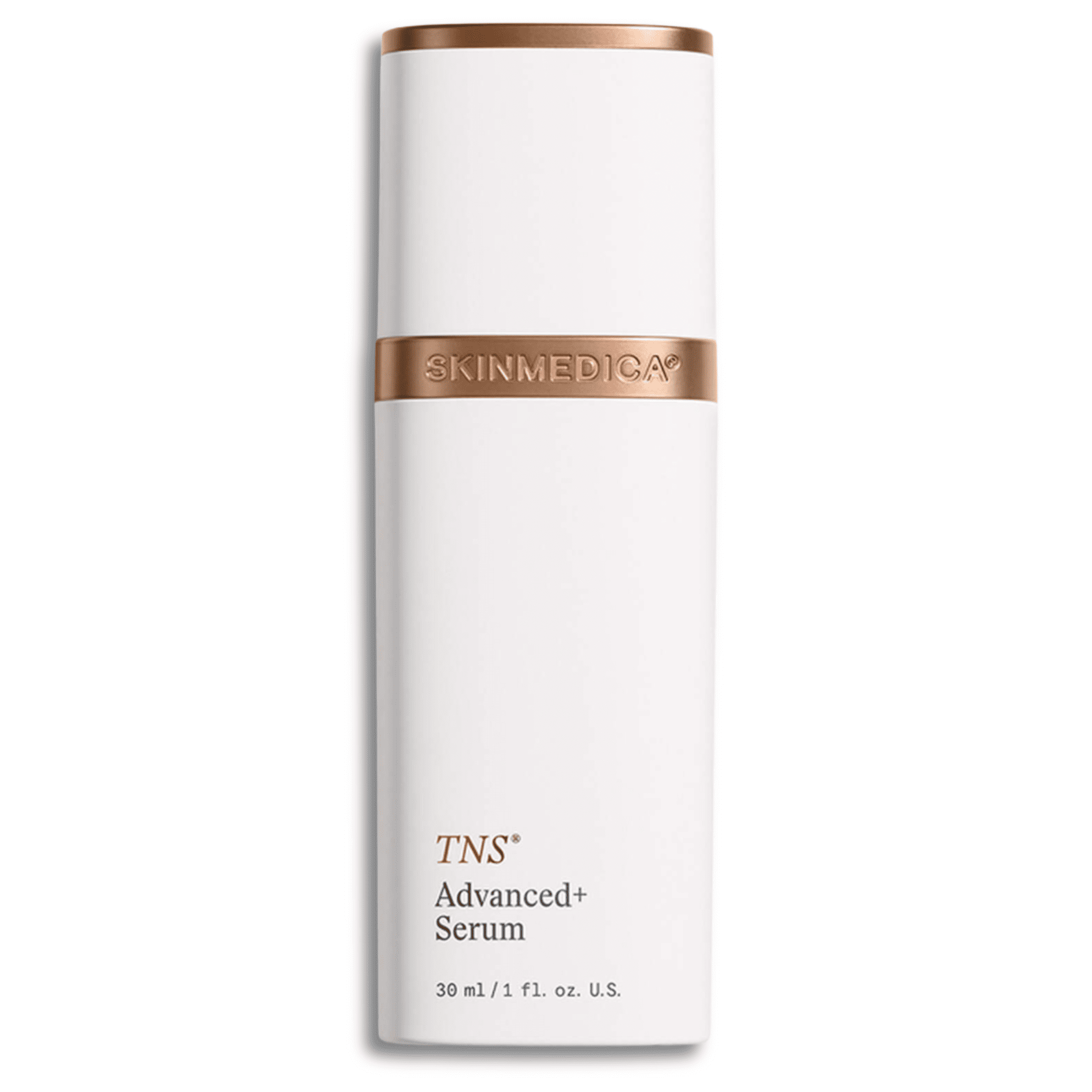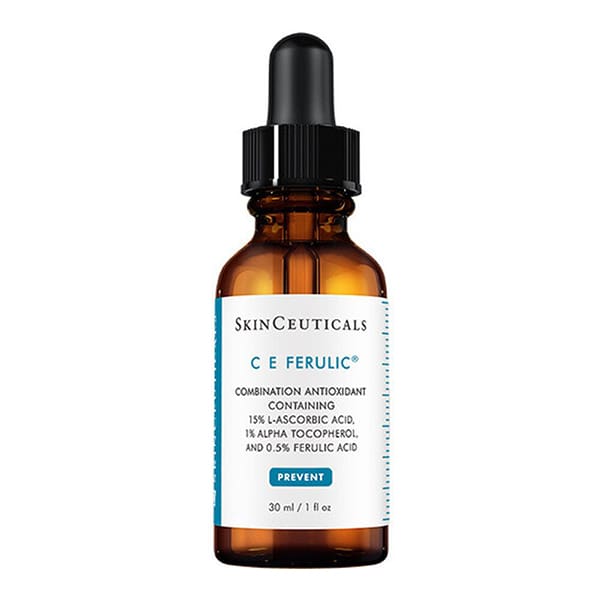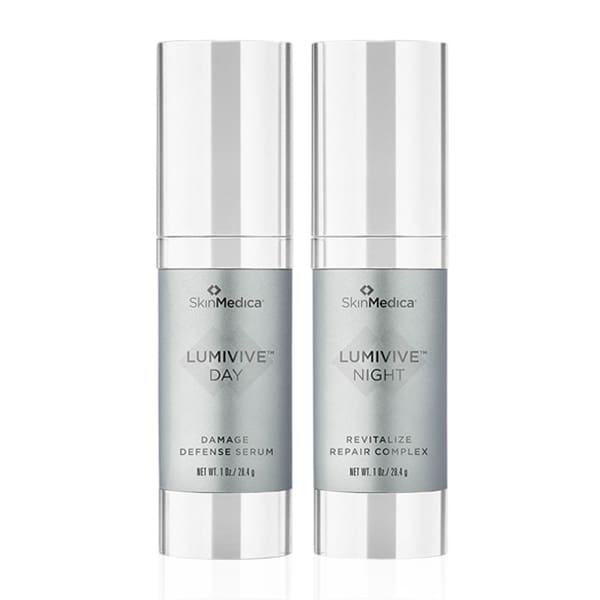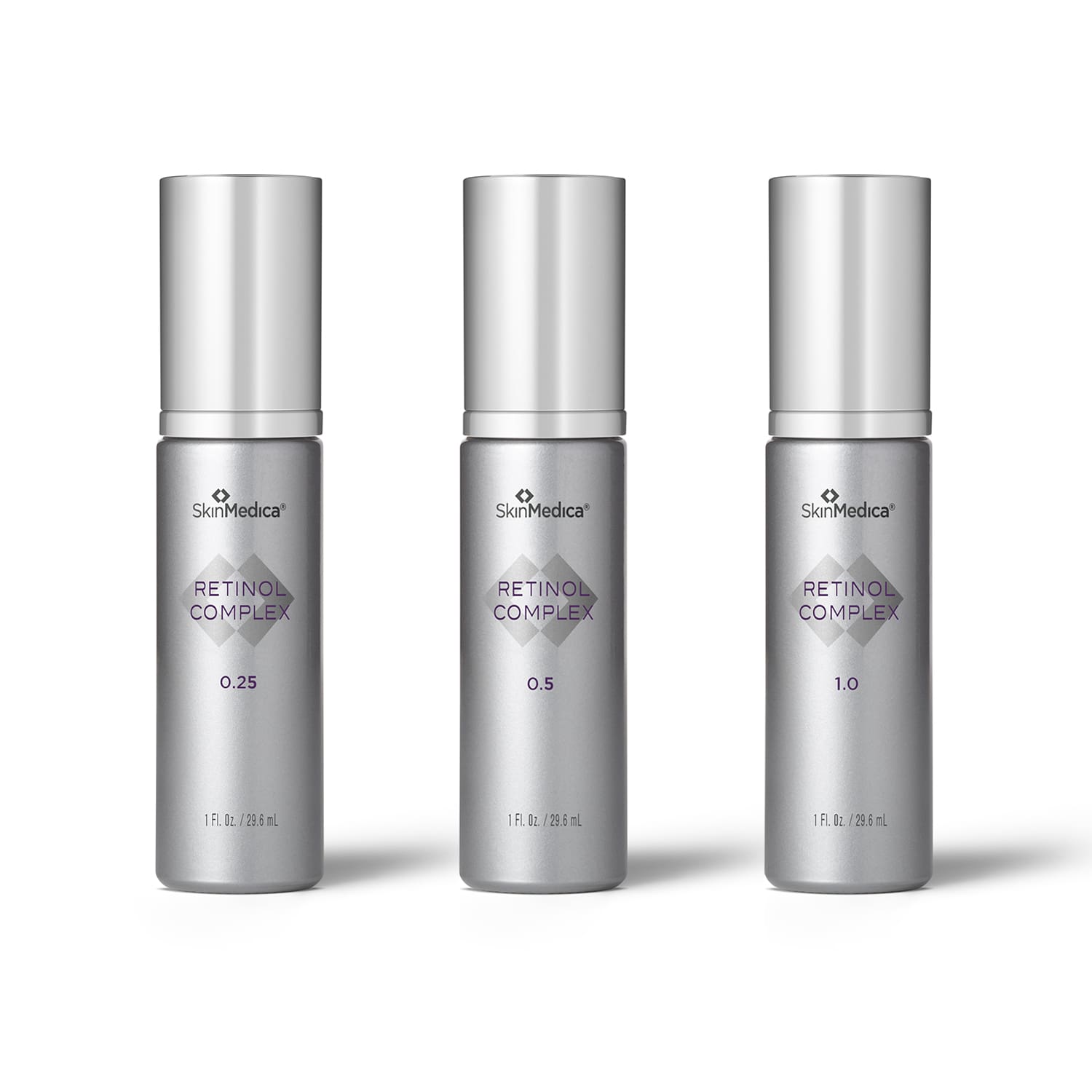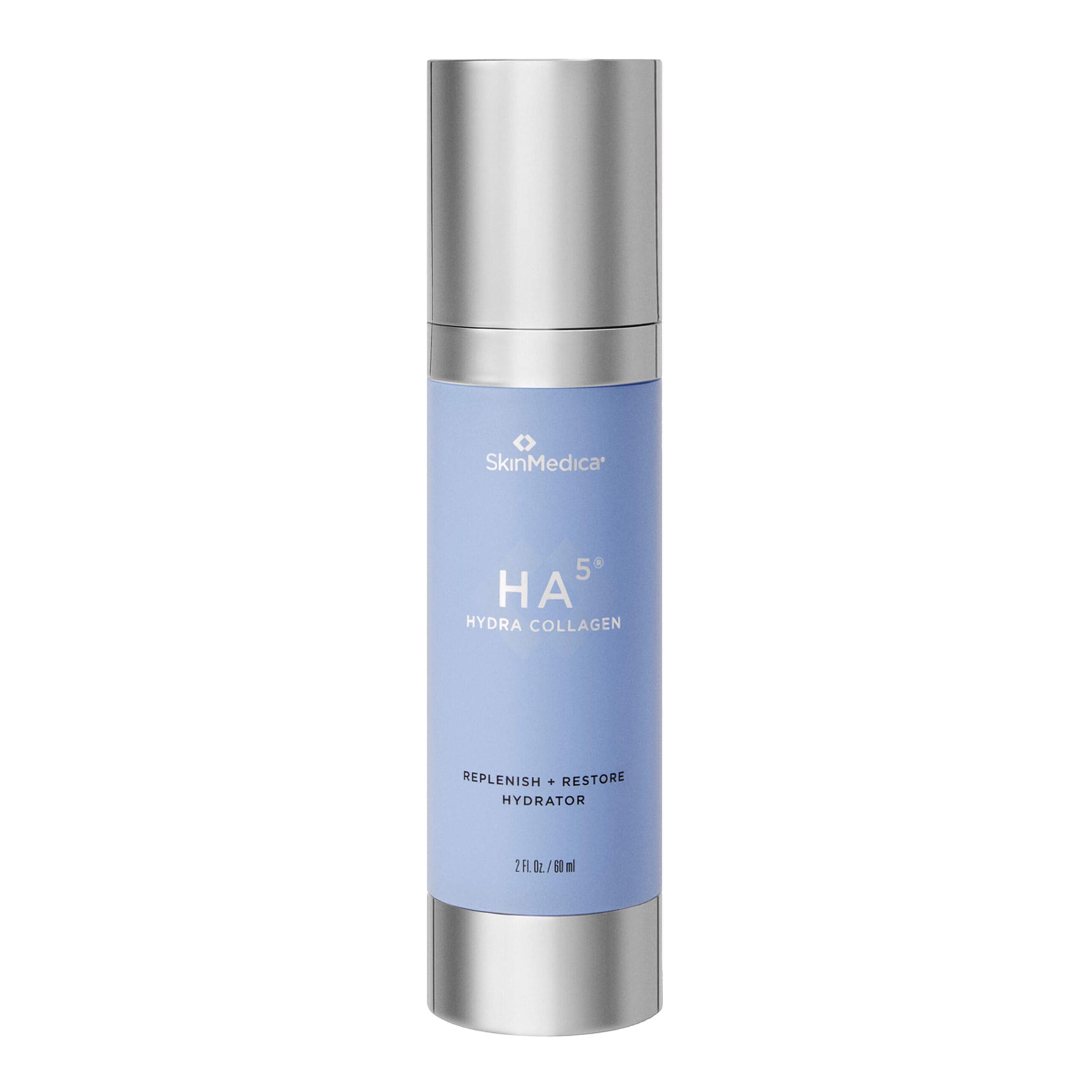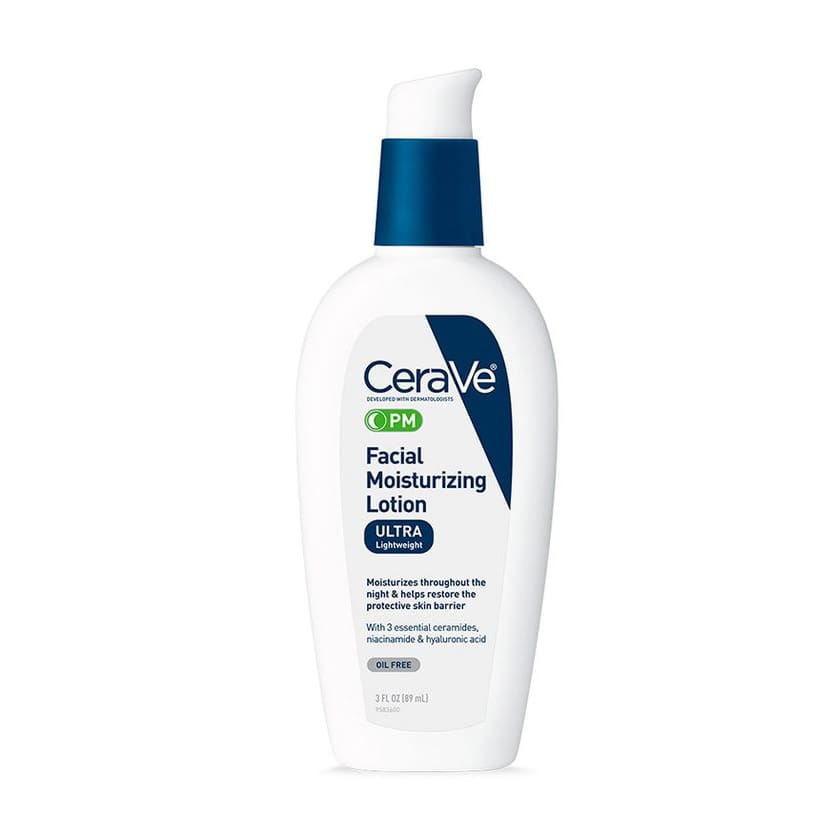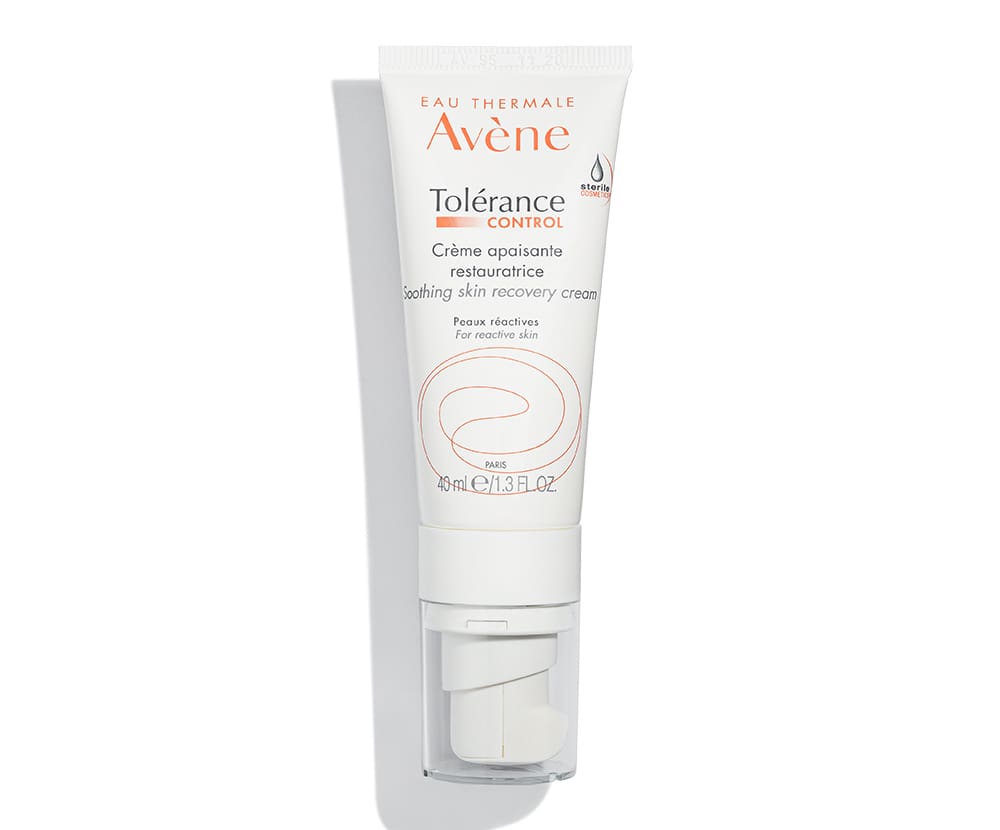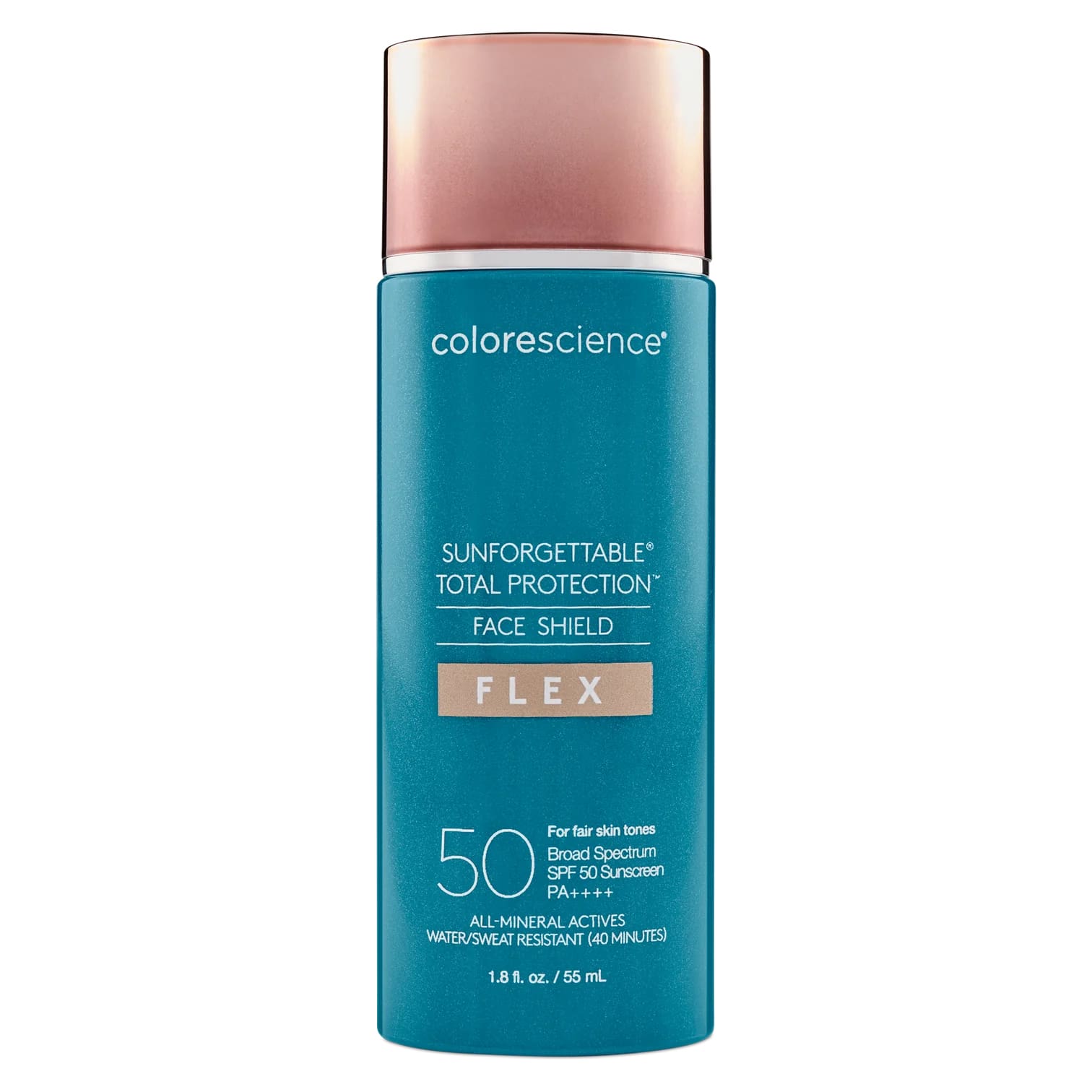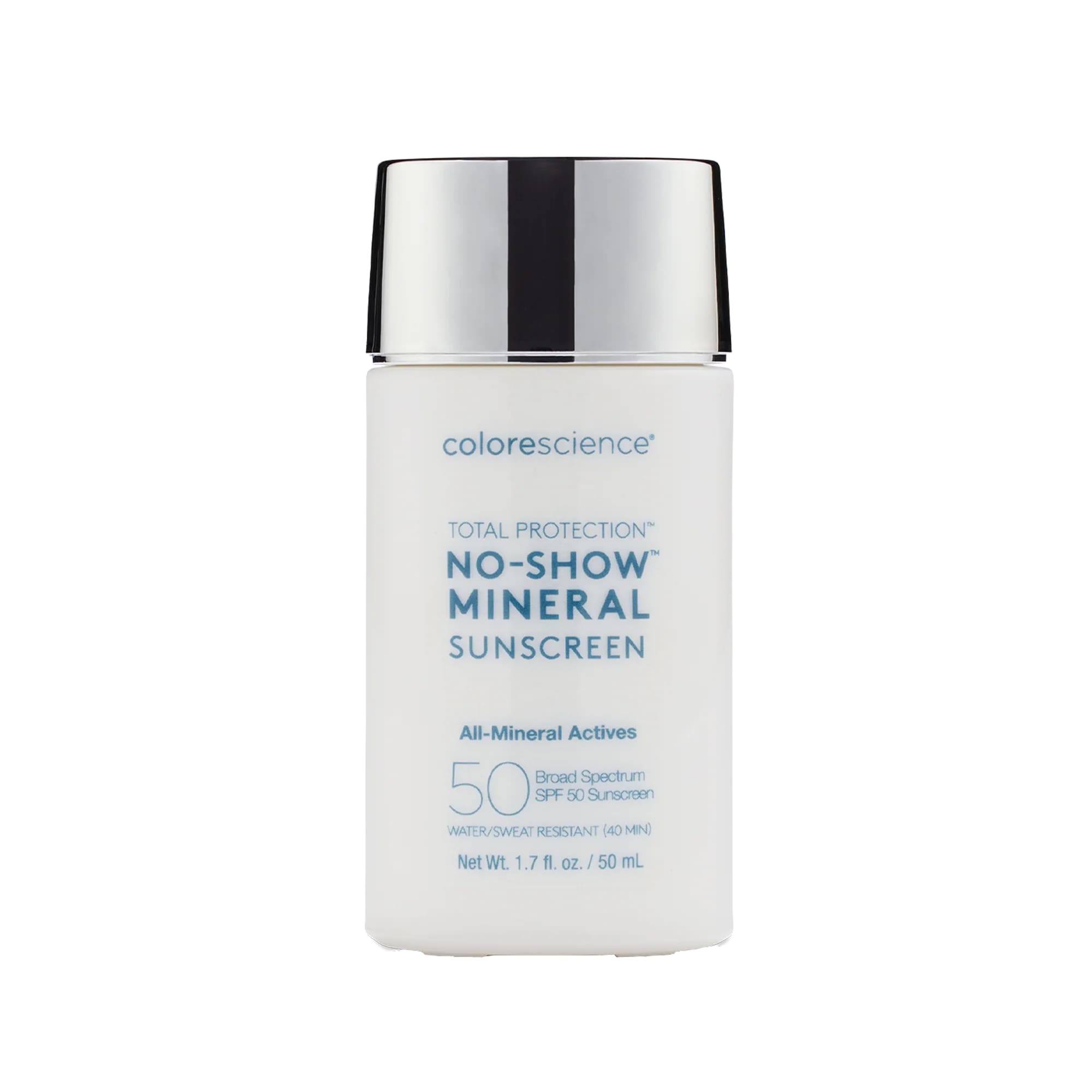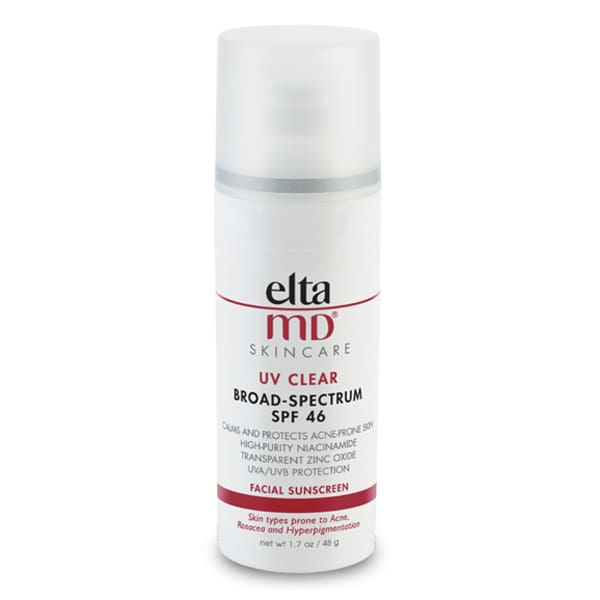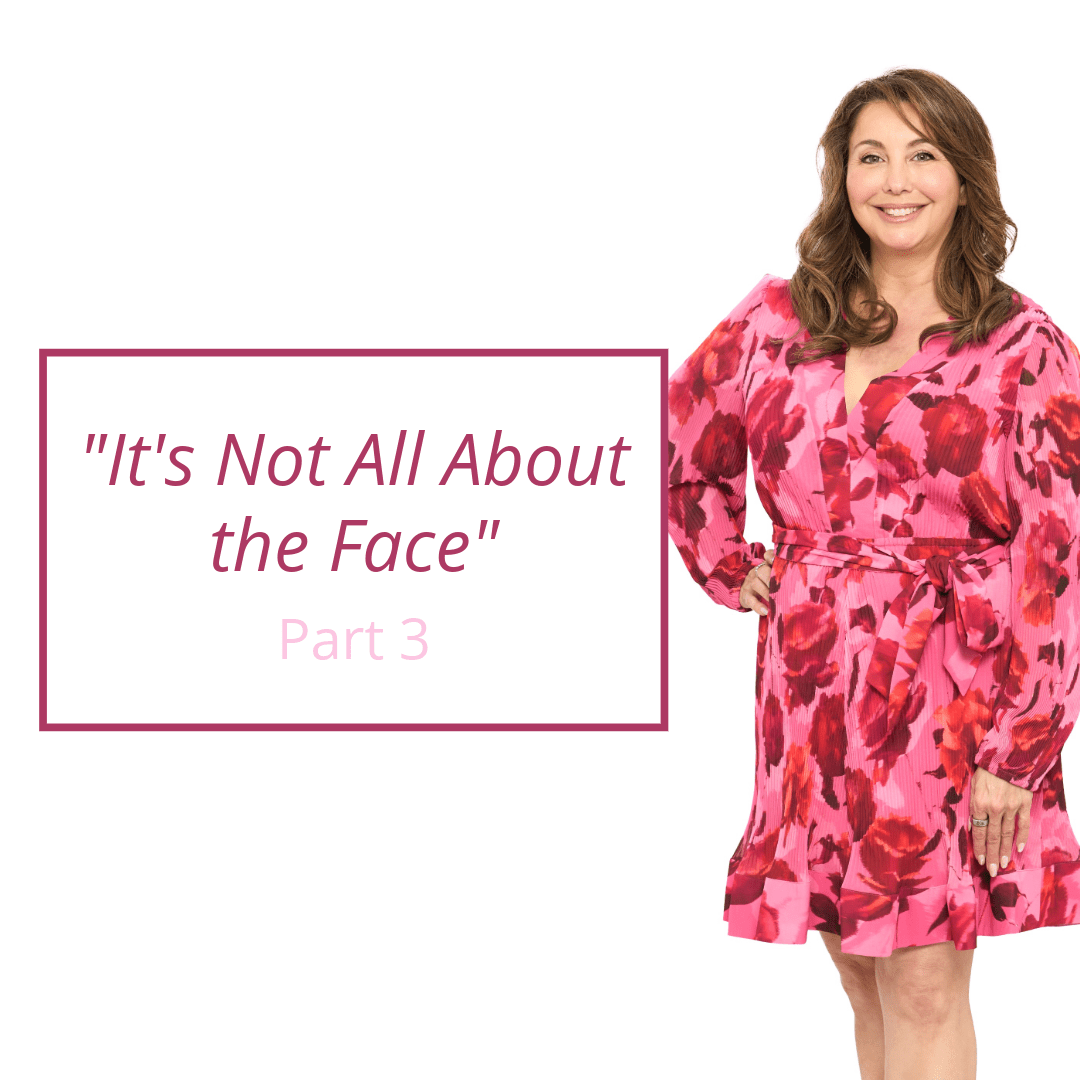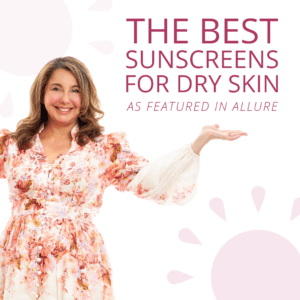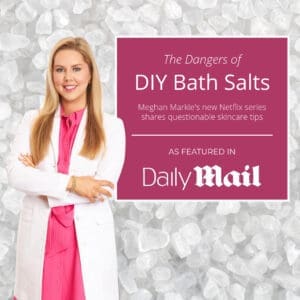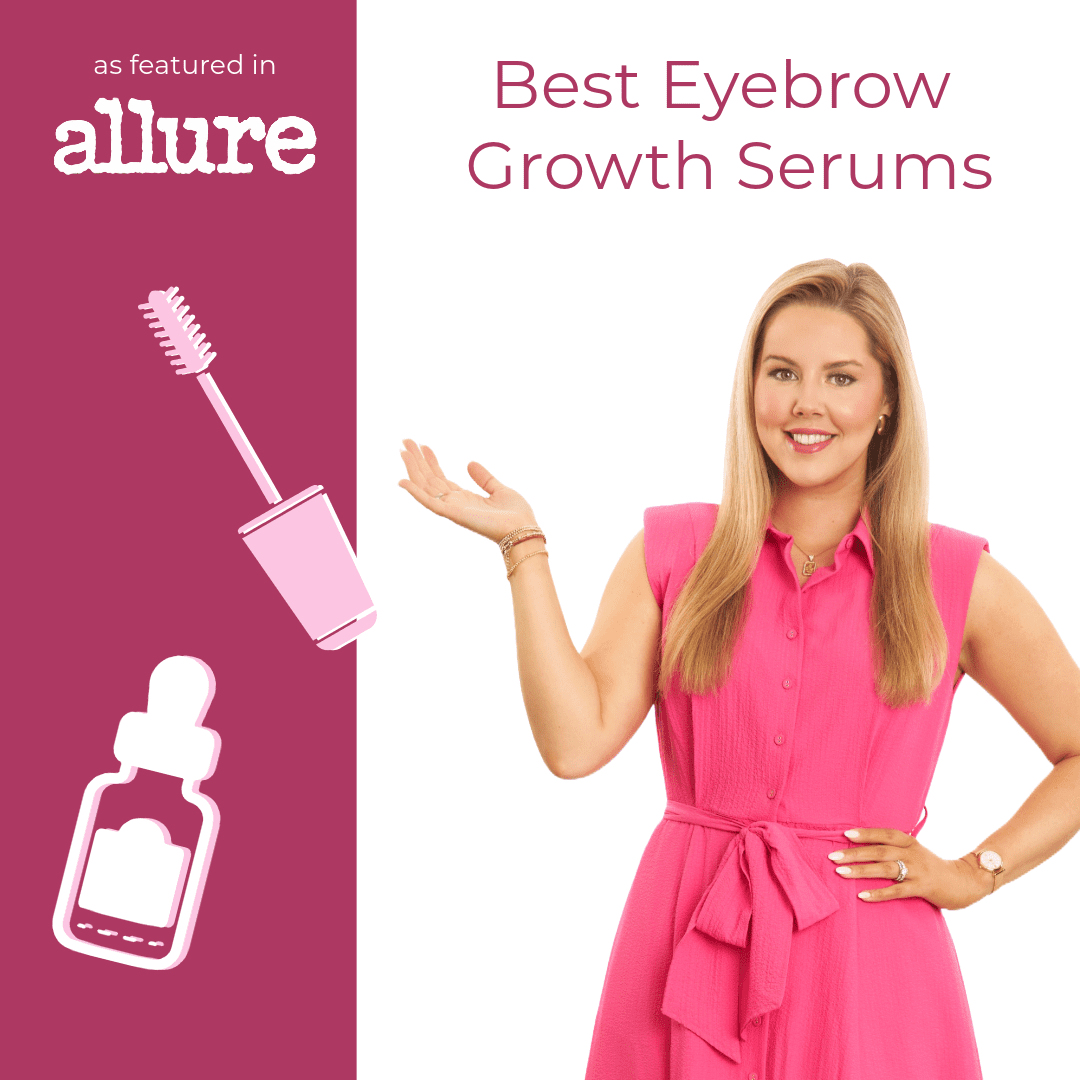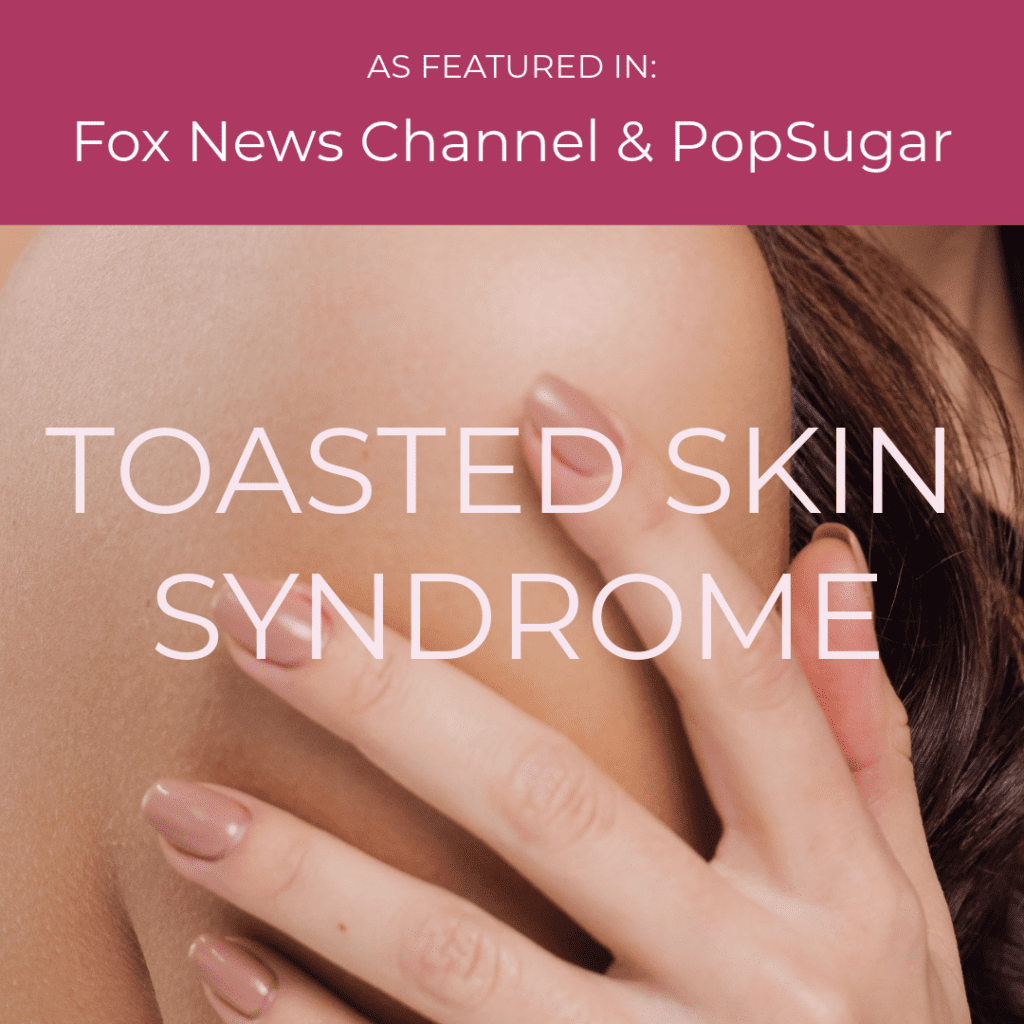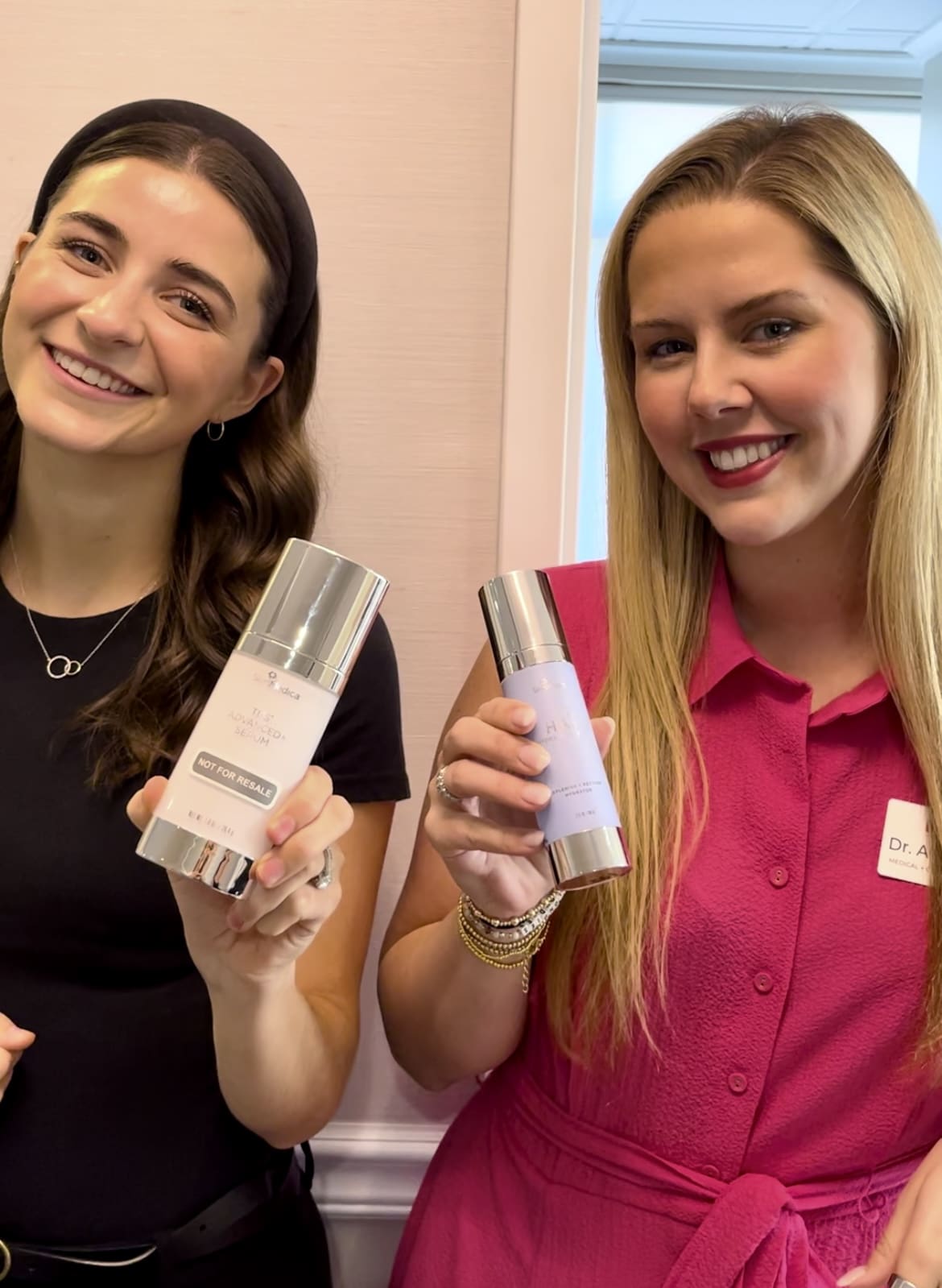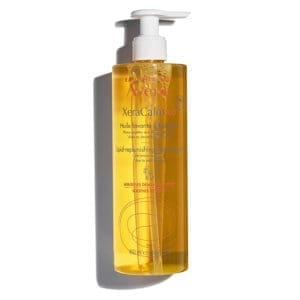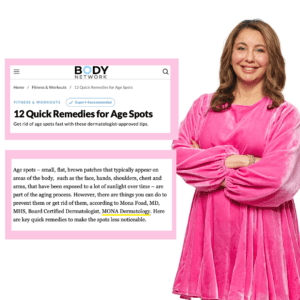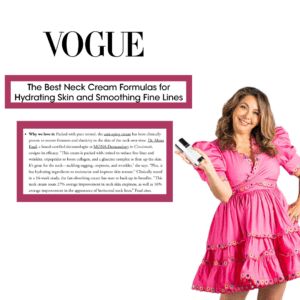Splurge vs. Save: Skincare Edition | As Seen in Cincinnati Magazine
Using high-quality skincare products is the foundation of healthy, beautiful skin. However, it’s no secret that skincare can also be expensive. Board-certified dermatologist, Dr. Alexandra Bowles, is breaking down what categories of skincare products you should spend a little extra on, and which products you can swap for a more affordable option without compromising on great results.

Cleanser – SAVE
A good cleanser doesn’t need to break the bank. “Whether you’re spending $12 or $120, the primary job is the same—remove dirt, oil, and makeup without causing irritation or stripping your skin’s natural barrier,” explains Dr. Bowles. The key is finding a gentle formula that works for your skin type.
Dr. Bowles’ Cleanser Picks:
Growth Factor – SPLURGE
If you want to add a growth factor into your routine, this is not an area where you want to try to save. “Growth factors are complex proteins that require sophisticated formulation and clinical testing,” she explains. “The difference between a $30 and $150 growth factor serum is significant in terms of potency, stability, and results.” If you can’t splurge on a high-quality growth factor, it may be best to invest in other core parts of your routine, such as an antioxidant.
Growth factors help stimulate cellular renewal and collagen production, making them particularly valuable for anti-aging. Look for products from established medical-grade brands that invest in research and development. These serums may cost more upfront, but the concentrated formulations mean you’ll use less product and see better results over time.
Dr. Bowles’ Growth Factor Pick:
Antioxidant or Vitamin C – SPLURGE
Vitamin C is notoriously unstable and difficult to formulate effectively. “A cheap vitamin C serum might oxidize quickly and become ineffective, or worse, irritating to your skin,” notes Dr. Bowles. Quality vitamin C or antioxidant products use stabilized forms of vitamins and protective packaging to maintain potency.
Look for serums in dark glass bottles, and check the ingredient list for L-ascorbic acid or stable derivatives like magnesium ascorbyl phosphate. While drugstore vitamin C products exist, investing in a well-formulated antioxidant serum will give you better protection against environmental damage and more visible results.
Dr. Bowles’ Antioxidant Picks:
Retinol – SAVE
Here’s where you can be strategic with your spending. “Over-the-counter retinol products have come a long way and can be very effective,” says Dr. Bowles. “In addition, prescription retinoids can often be covered by insurance and, as a result, will have a very low copay at the pharmacy.”
When choosing a retinol, the key is understanding concentration and formulation. A good-quality retinol will have a concentration shown on the label, such as 0.25 or 0.5. If you’re interested in a prescription-strength tretinoin, it’s best to schedule an appointment with your dermatologist.
Dr. Bowles’ Retinol Picks:
- SkinMedica Retinol Complex ($64-96)
- Prescription Tretinoin (Ranges based on insurance coverage)
Hyaluronic Acid – SPLURGE
While hyaluronic acid might seem like a simple ingredient, the molecular weight and formulation make all the difference. “High-quality hyaluronic acid serums use multiple molecular weights to penetrate different layers of the skin and multiple types of HA for better results,” explains Dr. Bowles. “Cheaper versions often use only one type of HA or high molecular weight HA that sits on the surface.”
Look for serums that have been clinically studied and proven to achieve the intended results.
Dr. Bowles’ Hyaluronic Acid Pick:
Moisturizer – SAVE
Good moisturizing doesn’t require luxury pricing. “The basic function of a moisturizer is to hydrate and protect your skin barrier,” notes Dr. Bowles. “Many affordable options do this just as effectively as expensive ones.” If you love your splurge moisturizer, there’s no reason to switch, but this is a great area to save if needed.
Focus on finding a moisturizer with high-quality ingredients: ceramides, niacinamide, and glycerin are beneficial ingredients that appear in both drugstore and high-end products.
Dr. Bowles’ Moisturizer Picks:
- CeraVe Facial Moisturizing Lotion – PM ($19.99)
- Avène Tolerance Control Cream ($38.00)
Sunscreen – IT DEPENDS!
This category requires the most nuanced approach. “The best sunscreen is the one you’ll actually use every day,” emphasizes Dr. Bowles. “But there are some important distinctions to consider.”
For daily facial sunscreen, investing in a higher-quality product often pays off but is not necessarily required. Mineral sunscreens with zinc oxide or titanium dioxide are the best choice for sun protection, but budget brands can sometimes leave a white cast. You may wish to splurge on a formulation that blends better. If you are comfortable with a lighter coverage makeup, you could also consider finding a tinted SPF that you can use as your foundation (getting two products in one for greater savings!) If you’re considering sunscreens that aren’t mineral-based, make sure it has broad-spectrum coverage (UVA & UVB) and an SPF of at least 30.
Dr. Bowles’ Sunscreen Picks:
- Splurge Option: Colorescience Face Shield Flex ($58.00) or No Show ($48.00)
- Mid-Range: EltaMD UV Clear, Non-Tinted ($44.00) or Tinted ($46.00)
- Save Option: CeraVe Facial Moisturizing Lotion SPF 30 ($19.99)
The Bottom Line
Building an effective skincare routine doesn’t mean you need to splurge on every product. By being strategic about where you invest your money, you can create a regimen that delivers results without breaking the budget. Remember, consistency matters more than cost—the best skincare routine is one you’ll actually stick with.
Not sure where to start with your skincare routine? Schedule a consultation with Mona Dermatology to discuss which products and treatments are right for your specific skin concerns.

